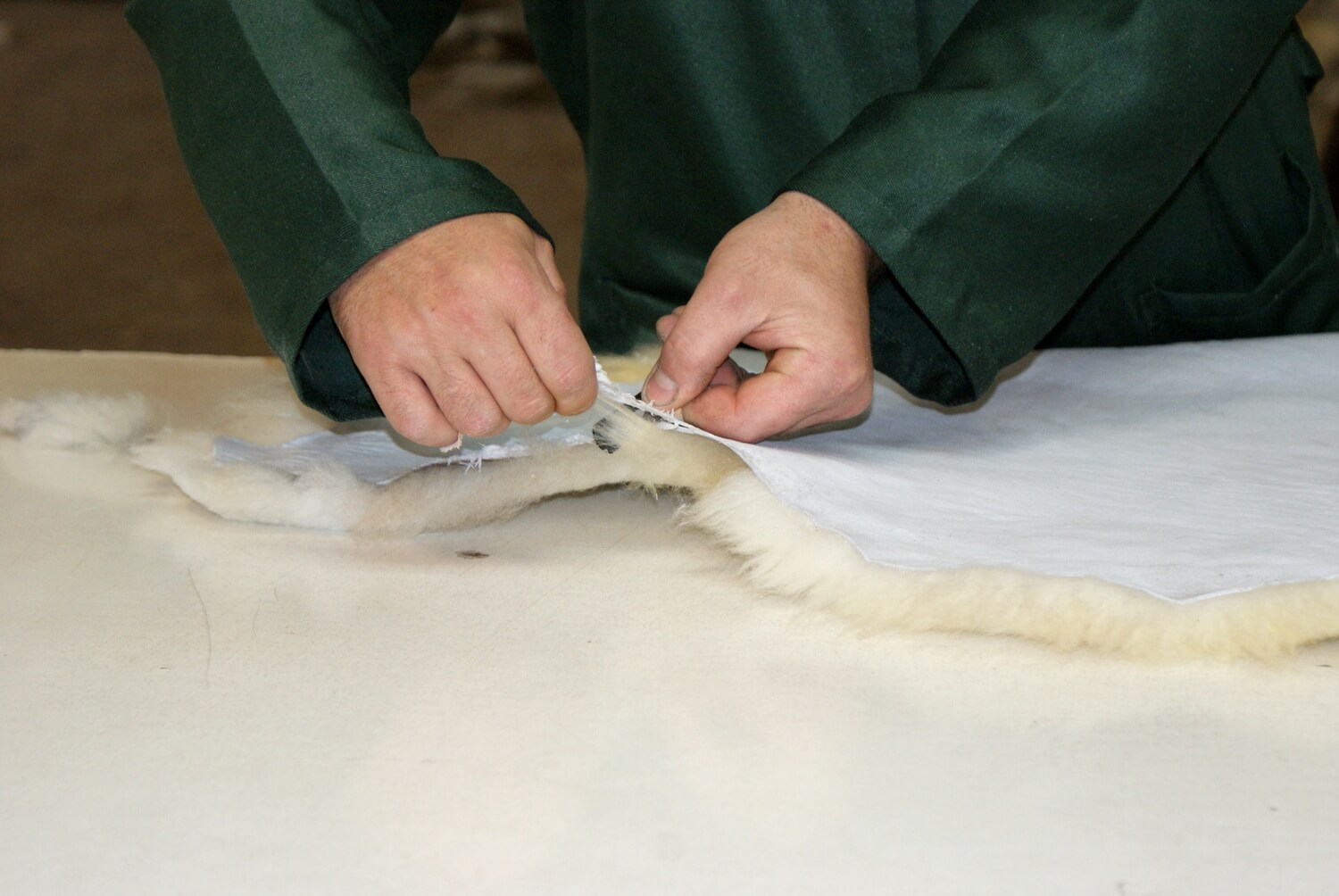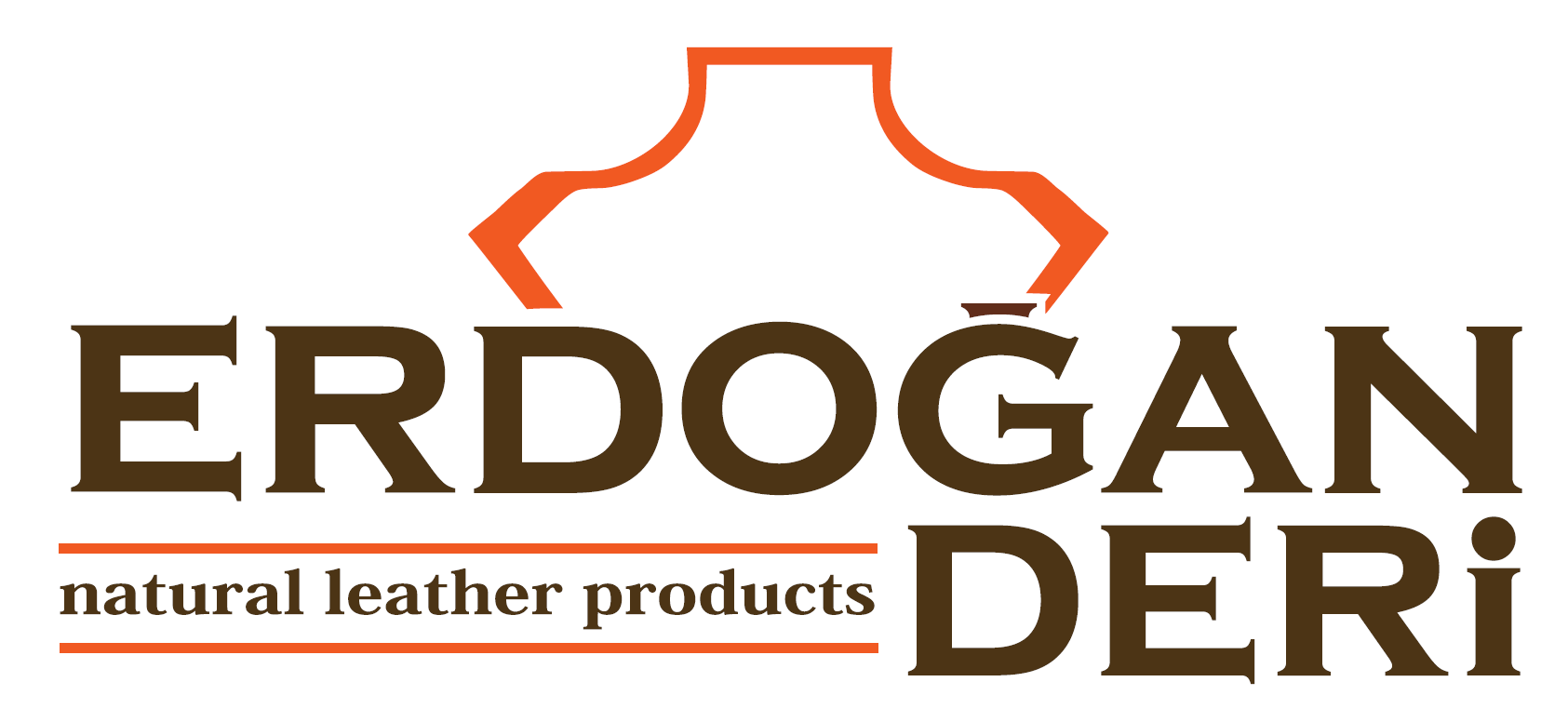
24 Jan How to Tan a Sheepskin Naturally?
Sheepskin and fur are the most important production materials to meet the needs of social life like dresses, shoes, ornaments, or the goods used in daily life. Tanneries are the places where sheepskin tanning takes place as one of the most significant steps of the tanning sheepskin process. Tanning sheepskin and fur is one of the most important parts of sheepskin manufacturing for centuries. Because of some reasons like cost or time, the question of how to tan sheepskin is being asked. Keep reading to learn sheepskin tanning method and process.
Processes of Sheepskin Tanning
Tannery sheepskin is a product used to produce various goods for daily life. There are more than one challenging stages for tanning sheepskins. This process includes the use of lots of strong chemicals. The first stage of tanning a sheepskin naturally is splitting and trimming. During this process, some parts of the skin that will not be used, such as the tail and legs, are cut off. To protect the skin from bacteria and various microorganisms, some conservation methods are applied like salting or keeping it in cold storage. Next, the hide pieces to be processed are limed. During the liming process, the hide is wetted and the water lost during salting is regained. In addition, the skin is purified from various dirt, flesh, and hairs on it.
After the liming process, the next step is pickling. Pickling is carried out before tanning to bring the leather’s pH level to the proper range and prevent swelling of the skin. It involves applying a solution of salt, formic acid, and sulfuric acid on sheep skins. During the tanning step, various tanning tools and chemicals are used and a certain form is given to the leather. Tanning also gives the leather high heat resistance. There are various tanning agents and methods. These can be listed as, for example, minerals (chromium), vegetable tanning methods, and alternatives(such as synthan, aldehyde, oils). Chromium sulfate is the most preferred tanning agent. After the hide undergoes these processes and is softened, neutralization, bleaching, retanning, dyeing, lubrication, drying, and finishing processes are applied.
How to Tan a Sheepskin Naturally
Even though lots of chemicals are used in tanning factories, they also can be done naturally with the right tools and methods. Firstly it is necessary to scrape the flesh from the skin. Then, the entire surface of the leather is covered with non-iodized salt. The leather is left to dry for four days. After that, the dried salt is removed from the skin with the help of a brush. In the next stage, some chemicals will be used. The hide is dipped in 1 pint of salt and 2 ounces of oxalic acid solution and the skin is wetted with this solution. This process is applied once a day for a total of four days. The hide is soaked in 2 cups of sodium bicarbonate and water for about one hour. After one hour, a spoonful of laundry detergent is mixed with water and the hide is dropped into the mixture. The skin is rinsed with this mixture. In order for the leather to dry all over, the leather should be stretched by pulling on all four sides and left to dry under the sun for about four days. Finally, saddle soap with glycerin is applied to the leather.
Sheepskin Tanning in Turkey
Sheepskin tanning is an important line of business in Turkey. There are lots of companies that sell natural sheepskin material so it can be used in other productions. There are more than five hundred sheepskin manufacturers in Turkey.
Cost of Tanning of Sheepskin Naturally
The cost of tanning sheepskin naturally varies and depends on whether you tan the natural sheepskin on your own, or you give the sheepskin to a natural sheepskin company to tan. Some people prefer to tan the skin themselves by using natural sheepskin throw and use their own bathtubs or in any suitable open field. When they use sheepskin tanning method with their own means, their only cost is salt, water, and a few chemicals they use. Oxalic acid prices change from country to country, but it can be found for an average of £14-£20.
Erdogan Deri, a brand that combines experience and mastery, is ready to support you at every step for leather products!
FAQ
How to make natural sheepskin production?
This process includes scraping the flesh, salting, drying, painting with some chemicals, and salts, like oxalic acid, laundry detergent, or bicarbonate, drying, and finally applying saddle soap with glycerin. However, this is not the only method to produce natural sheepskin hides. There can be some other ways.
How much does a sheepskin production cost?
It depends on the chemicals used and whether the tannins process is applied with your own means or you send the hides to a factory where the natural sheepskin tanning method is used.
How does the process of naturally tanning a sheepskin differ from chemically tanning?
Even in the natural tanning process, there are some chemicals to be used. These chemicals can be derived from plants, but still, it is a need to use acidic chemicals. In the natural tanning process, highly acidic water, low temperature, and lack of oxygen are the differing conditions from chemically tanning in factories.
Contact now for more detail.
Sources:
